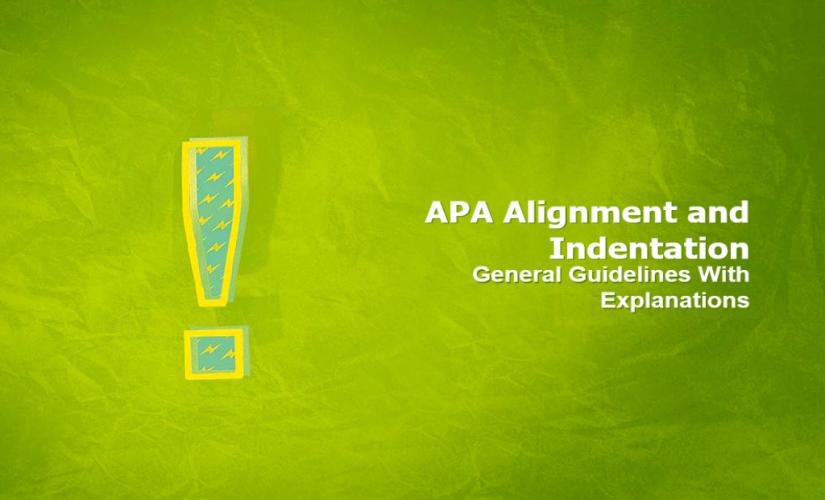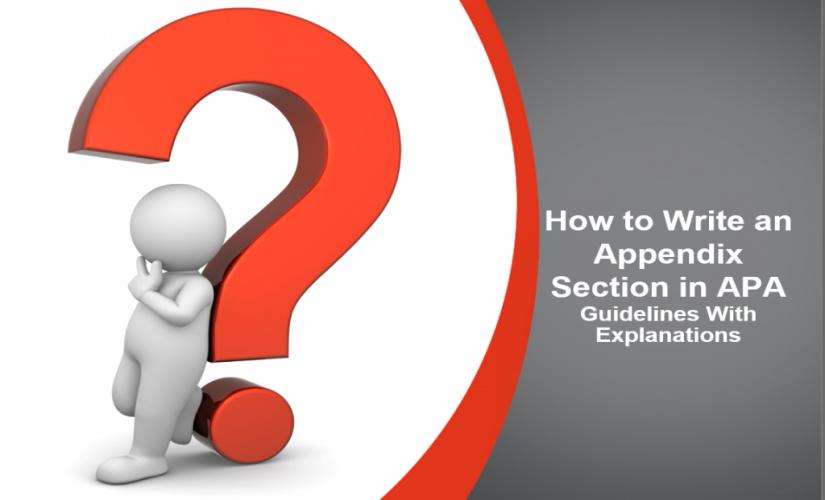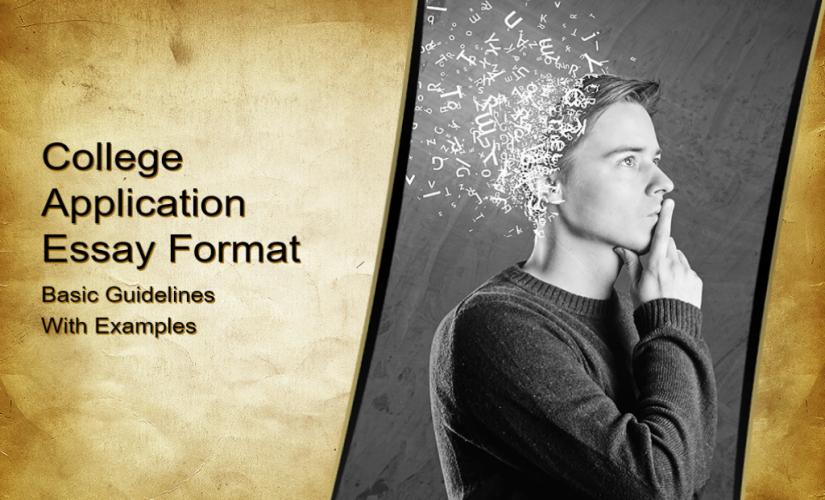Indentation and alignment in APA play a significant role in improving the readability of academic papers. Basically, a writer must use the correct indentation when presenting different heading levels or marking each passage’s beginning. As a rule, each paragraph’s first line should have a 0.5-inch indentation from the left margin. Moreover, the following lines must begin at the left margin. Then, details on the cover page should have an axial alignment. Also, first-level headings should have a center-alignment format, while second-level ones should begin at the left margin. Further on, subsequent titles, third- to fifth-levels, must start at 0.5 inches from the left margin. Besides, students must indent a block quote at 0.5 inches from the left margin. However, the first line of second and subsequent paragraphs in a block quote should begin at 1 inch from the left margin. In turn, this strategy helps to marks the beginning of new passages in the indented quote. Besides, titles “references” and “appendices” should appear centered on a new page by considering the rules of APA alignment and indentation.
General Guidelines for APA Alignment and Indentation
Formatting rules of APA alignment and indentation help to improve the essay’s appearance and readability. Basically, well-formatted papers appeal to readers and motivate them to interact with the content. In this case, alignment refers to how a paragraph aligns with page margins. Also, some types of adjustments include left, right, center, and justified. In practice, one should align the text to the left when formatting in APA. For example, this method leaves the right margin ragged or uneven. On the other hand, indentation refers to the distance from the left margin to headings or line paragraphs. In turn, indentations help writers to present different heading levels and mark the beginning of each passage. Therefore, an APA paper has a distinct rule for formatting and indenting, enhancing the essay’s superiority and readability.

Alignment and Indentation Rules in APA
1. Paragraphs
Each paragraph should begin at 0.5 inches from the left margin. Basically, each passage should have the first line as unique. As a rule in APA, the writer must indent the first line 0.5 inches. In turn, subsequent lines should begin at the first margin.
Each paragraph should have a left alignment in APA. For instance, the text should align with the left margin. Besides, the sentences should appear as lagged to the right margin. Then, one should note that papers formatted in APA should have a 1-inch margin all around. Also, the uniform margin plays a crucial role in ensuring that one aligns the paragraphs correctly. Hence, one must align each section to the left margin.
2. Title Page
The title page of an APA style paper should have centered details. For instance, the paper’s title should begin approximately six spaces from the article’s top margin. Then, other details, like the author’s name, institution, and data, should follow the heading. In turn, one should align these details to the center of the page. Hence, APA-formatted papers should have a title page with centrally-aligned details. Additionally, incorporating a clear synthesis essay format can enhance the paper’s presentation.
The title page of an APA paper should have a running head on the margin. As a rule, one must include a header containing a summary of the paper’s title. In this case, the phrase “Running head” should precede the shortened title. Moreover, students must align the running head to the left margin. Hence, APA formatted papers should have a running head aligned to the left.
3. APA Alignment and Indentation Format for Headings
APA papers should have five heading levels. Basically, each title must have a unique alignment. In this case, one must follow the following rules of APA indentation and alignment for different heading levels.
First-level heading – Students should use center alignment when writing the first-level entry. For example, the main words in this heading should begin with capital letters. Besides, one should use boldfaced letters. Hence, first-level entries should appear as central-aligned.
Second-level heading – Writers should use left alignment for the second-level headings. In turn, this heading should begin at the left margin of the page.
Third- to fifth-level headings – These three entries should begin at 0.5 inches from the left margin. For instance, one should indent the third, fourth, and fifth headings at 0.5 inches. In this case, the main differences that distinguish these headings are boldface and italics. As a rule, one should boldface the third-level entry. Also, the fourth-level header should appear as bold and italicized. As a result, students should italicize only the fifth-level headline.
4. Abstract
The title “Abstract” should appear at the center of the page. Basically, writers should use central alignment for the title of this section. However, one should align the content in this section to the left margin. Also, students should justify the left end of the text while leaving the right margin as uneven. In turn, one should not indent the abstract’s first line.
5. References
The reference section should begin on a separate page. Basically, one should align the title “Reference” to the center of the page, converting the principles of APA indentation and alignment guidelines. However, each bibliographic entry should have 0.5 inches hanging alignment. In turn, the first line should begin at the left margin. Moreover, subsequent lines should start at 0.5 inches from the left margin.
6. APA Alignment and Indentation for Block Quotes
Scholars should indent the entire block quote. For instance, all the block quotes’ lines must begin at 0.5 inches from the left margin. In this case, the text should appear as lagged in the right margin. Then, one should indent the second and subsequent paragraphs’ first lines in the block quotes. Moreover, the first line of other sections in a block quote should begin at 1 inch from the left margin. In turn, this strategy helps to mark the beginning of a new paragraph within the quote. Hence, one should indent the entire block quote at 0.5 inches from the left margin.
7. Tables and Figures
APA formatting style requires writers to provide accurate and precise identification of the charts and graphs. As a rule, one should not indent the description provided. In this case, the identification information should begin at the left margin below the relevant table or figure. Hence, one should include a left-aligned description for each table or chart included in the text.
8. Appendices
Appendices should begin on a new page and follow specific indentation rules. For instance, the title “Appendices” should appear at the center of the page. In this case, one should use a central alignment format for this heading in APA. Then, subsequent appendixes should have separate entries. As a rule, subheadings should begin at the left margin. In turn, students should not indent them. Therefore, appendices should follow first- and second-level heading indentation rules.
Summing Up on APA Alignment and Indentation
APA indentation and alignment rules play a significant role in improving the readability of academic papers. Basically, correct alignments and indentations help scholars to present different heading levels and mark the beginning of each passage. In turn, an APA formatting style has a distinct rule for formatting and indenting, which enhances the essay’s superiority and readability. As a result, students should observe the following rules:
- The first line of every passage should have a 0.5-inch indentation from the left margin.
- One should align the body of the paper to the left margin.
- Details on the cover page should have an axial alignment.
- First-level headings should have a center-alignment format.
- Second-level headings should have a left-alignment format.
- Third- to fifth-level headings should begin at 0.5 inches from the left margin.
- Writers must indent a block quote at 0.5 inches from the left margin.
- The first line of the second and other sections in a block quote should begin at 1 inch from the left margin.


